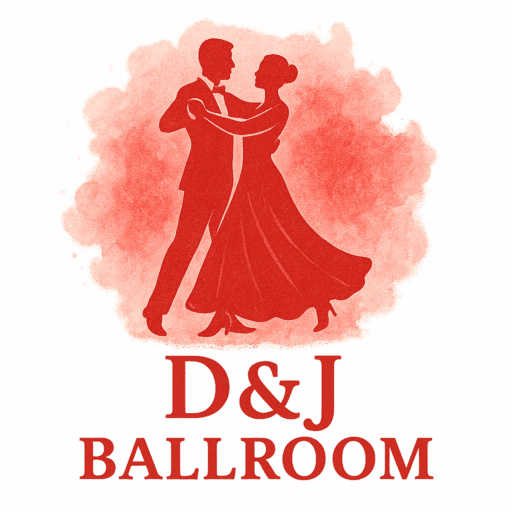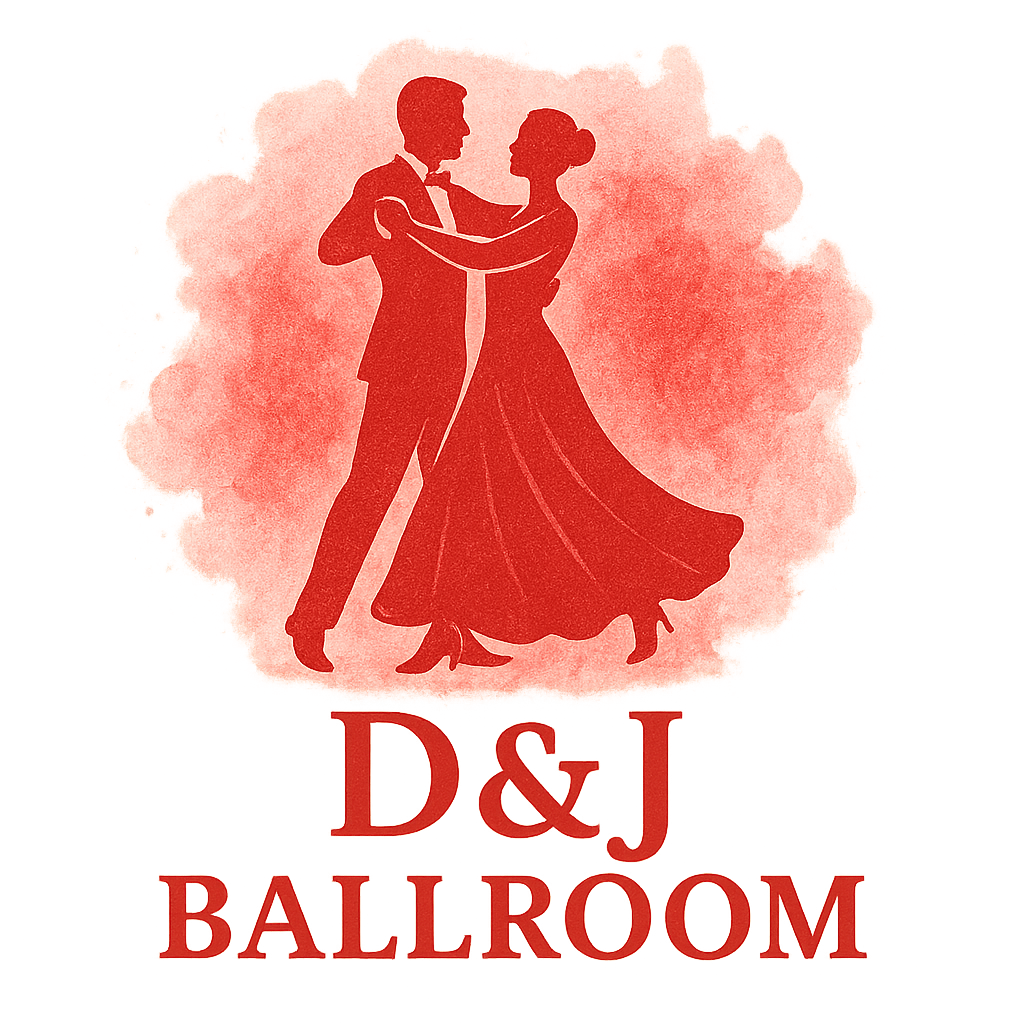Introduction to Ballroom Frame Stability
Frame stability is the foundation of ballroom dance. Without it, even the most graceful steps lose impact. A solid frame doesn’t just make you look polished—it strengthens your connection with your partner, helps maintain posture, and ensures movements are precise. Think of it like the skeleton of your dance: without bones, the body can’t hold itself up.
For dancers new to ballroom, understanding frame is just as important as learning basic ballroom dance styles like the waltz, tango, or foxtrot.
Why Frame Stability Matters in Ballroom Dance
Connection Between Partners
A strong frame allows signals to pass between dancers smoothly. This invisible connection is what makes ballroom look effortless—two people moving as one. It’s why frame is emphasized heavily in ballroom techniques and training.
Posture and Balance
Without a stable frame, your posture crumbles. Proper posture creates balance, which not only looks elegant but also prevents awkward wobbles or trips.
Precision in Movements
Sharp turns, elegant rises, and clean dips all rely on frame stability. Much like in sports, technique beats brute force—and in ballroom, stability beats raw strength every time.

Common Mistakes Dancers Make With Frame
Over-Tensioning Arms
Trying too hard often backfires. Locking your arms to keep frame steady makes movement robotic and kills flow.
Slouching Shoulders
Dropping shoulders is a classic mistake. It weakens the upper body and ruins the visual line judges look for in ballroom competitions.
Inconsistent Core Engagement
If your core isn’t activated, your frame collapses under pressure. Core strength is key, which is why many dancers add ballroom training drills to their daily routine.
7 Ballroom Technique Drills for Frame Stability
Drill 1: Wall Frame Practice
How to Do It: Stand with your back against a wall, arms raised in frame but not touching the wall. Keep your shoulders relaxed, core engaged, and hold for 30–60 seconds.
Key Benefits: Trains posture and prevents slouching, a problem even experienced dancers face.
Drill 2: Resistance Band Connection
How to Do It: Attach a resistance band to a fixed point. Hold it as if it’s your partner’s hand. Step forward and back, keeping steady tension.
Key Benefits: Builds consistency in frame connection without locking arms.
Drill 3: Mirror Posture Alignment
How to Do It: Stand in front of a mirror and lift arms into frame. Check for symmetry: shoulders level, elbows aligned, and no leaning.
Key Benefits: Improves self-awareness, a must for competitive dancers striving for clean lines in dance competitions.
Drill 4: Core Engagement Walks
How to Do It: Activate your core, then walk slowly across the room in frame. Keep your torso steady with every step.
Key Benefits: Builds muscle memory for core engagement, vital for flowing dances like the waltz.
Drill 5: Shoulder Relaxation and Extension
How to Do It: Roll shoulders up, back, and down. Extend arms into frame, focusing on width.
Key Benefits: Reduces stiffness, making you look confident and open—qualities that enhance the culture of ballroom performance.
Drill 6: Partnered Frame Hold
How to Do It: With your partner, hold frame for one minute without moving. Notice balance shifts and weight distribution.
Key Benefits: Teaches shared stability and improves lead-follow communication.
Drill 7: Frame Endurance Drill
How to Do It: Maintain frame while dancing through a full song, focusing on posture and control.
Key Benefits: Builds stamina so your frame doesn’t collapse mid-performance.
Tips for Maximizing Results from These Drills
Consistency is Key
Small daily practice is more effective than marathon sessions.
Seek Feedback from a Coach
Professional eyes catch mistakes you won’t see yourself. A coach can refine your ballroom training quickly.
Record and Review Progress
Video practice sessions—what feels right may not look right.
Integrating Frame Stability Drills Into Dance Practice
Warm-Up Routines
Add light posture and shoulder rolls before dancing to prepare your frame.
Drills Between Rounds
Quick resets between dances help keep energy up during ballroom events.
Daily Practice Integration
Pick two or three drills and blend them into your standard practice.
Benefits of Strong Frame Stability Beyond the Dance Floor
Confidence in Performance
A stable frame makes you look polished and boosts stage presence.
Reduced Risk of Injury
Correct posture protects your back and shoulders from strain.
Enhanced Musicality
When frame is second nature, you can focus more on rhythm and expression, enriching your dance culture experience.
Conclusion
Mastering frame stability is about more than looks—it’s about connection, posture, and confidence. With these seven ballroom technique drills, you’ll strengthen your foundation, improve your lead or follow, and bring more artistry to your dancing. As with all great skills, consistency is your best friend.
FAQs
1. How often should I practice ballroom frame drills?
Daily for 10–15 minutes is enough to see results quickly.
2. Can beginners start with these drills?
Yes, they’re beginner-friendly but effective for pros too.
3. Do I need a partner?
No, most drills can be done solo—only the partnered hold needs another dancer.
4. Which ballroom styles need strong frame stability?
All of them—from tango to quickstep, waltz, and foxtrot.
5. Can bad frame cause injury?
Yes, weak posture strains the back, neck, and shoulders.
6. Will these drills help in competitions?
Absolutely. Judges notice strong, elegant frames at ballroom competitions.
7. How do I speed up improvement?
Combine drills with professional ballroom coaching for faster progress.


